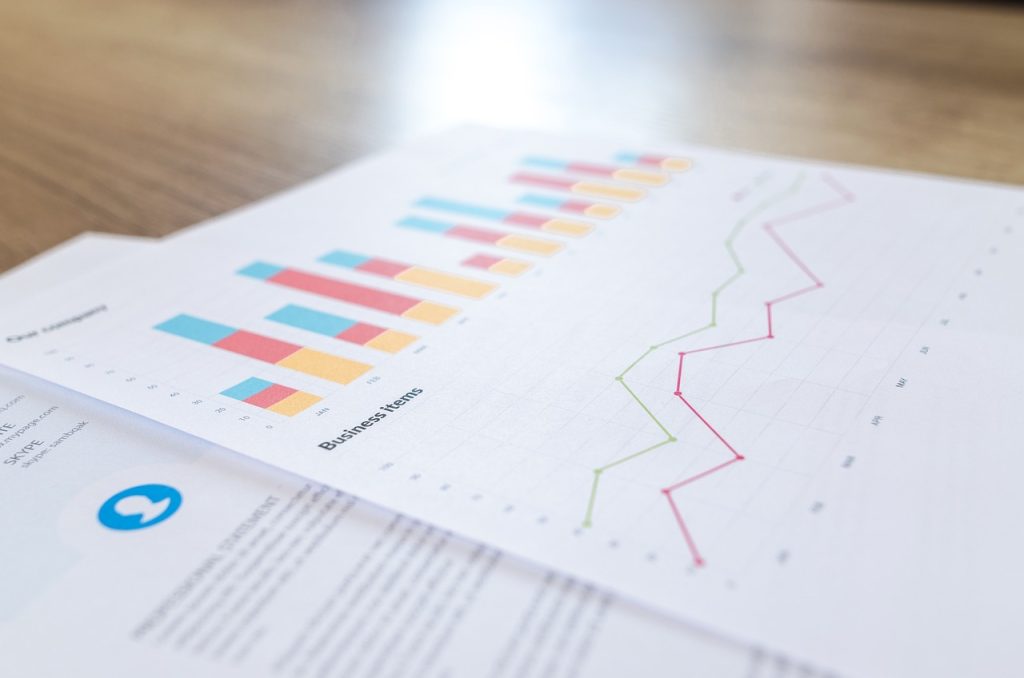
In today’s rapidly digitizing business landscape, controlling (or managerial accounting) is undergoing a transformation, and tools like GPT by OpenAI are at the forefront of this change. Controlling, which focuses on internal financial management and future-oriented planning, can greatly benefit from AI advancements. In this guide, we will delve into how GPT can be a game-changer for controlling, supplemented by actionable insights and a real-world example.
The Generative Pre-trained Transformer (GPT) is an AI model distinguished for its capacity to generate coherent and contextually relevant text. When transposed to the realm of controlling, GPT can be an ally in interpreting financial forecasts, budget analyses, and cost variances, delivering insights with both speed and depth.
Controlling is integral to strategic decision-making within an organization. GPT can enhance this function by offering rapid data-driven insights into cost behavior, profitability analysis, and budgetary control. This AI-driven method not only accelerates analytical tasks but also ensures a level of precision and consistency in financial planning.
GPT can be instrumental in predictive financial analysis, aiding controllers in anticipating financial trends and making proactive strategic decisions. It can assist in tasks such as simulating various budget scenarios, analyzing profit margins, and even automating parts of the financial reporting process.
NexaTech, a growing tech firm, was encountering challenges with its traditional controlling methods, particularly in terms of speed and predictive accuracy.
Post GPT integration, they observed:
To ensure GPT’s integration delivers tangible benefits, regular performance evaluations are vital. This should encompass its accuracy in financial predictions, efficiency gains in controlling tasks, and the overall enhancement in strategic financial planning.
While GPT offers transformative potential, it’s essential to be cognizant of its limitations. Financial controllers should always review AI-generated insights for accuracy and relevance. Regular model updates are crucial to ensure alignment with the dynamic nature of business finance. Importantly, while GPT can augment controlling, it cannot replace the nuanced judgment of human professionals.
The infusion of GPT into controlling practices signifies a new horizon of efficient, accurate, and strategic financial management. By recognizing its potential, tailoring its training, and integrating it effectively, organizations can reshape their controlling function, making it more agile and future-ready.